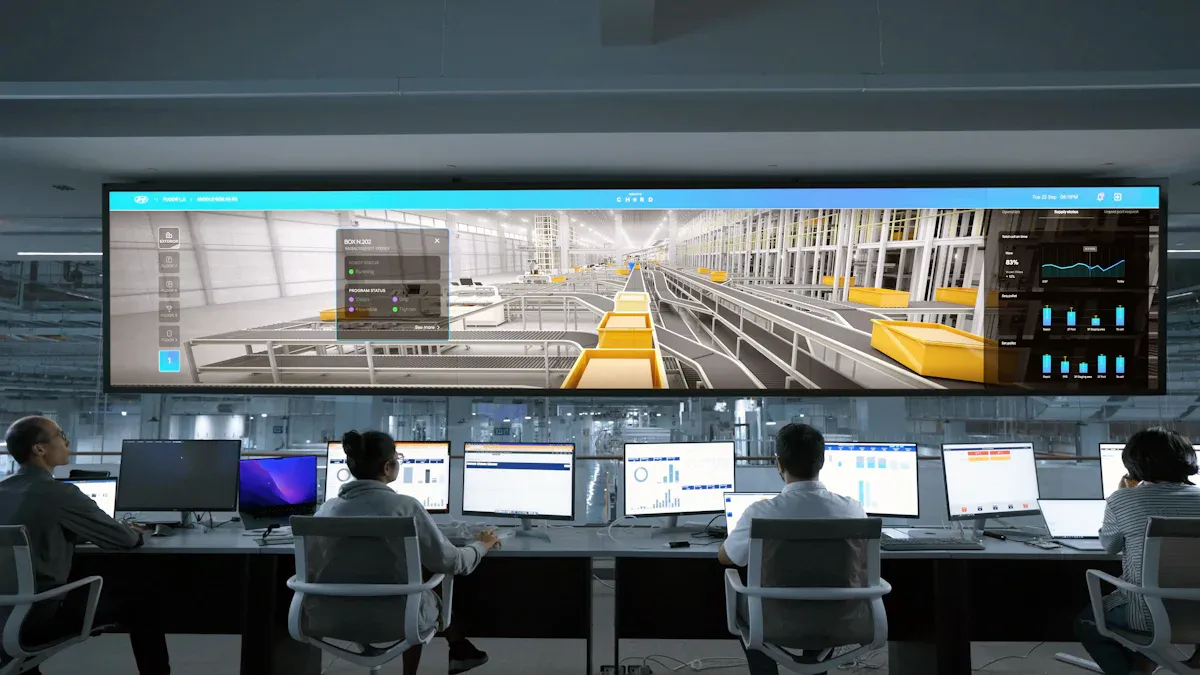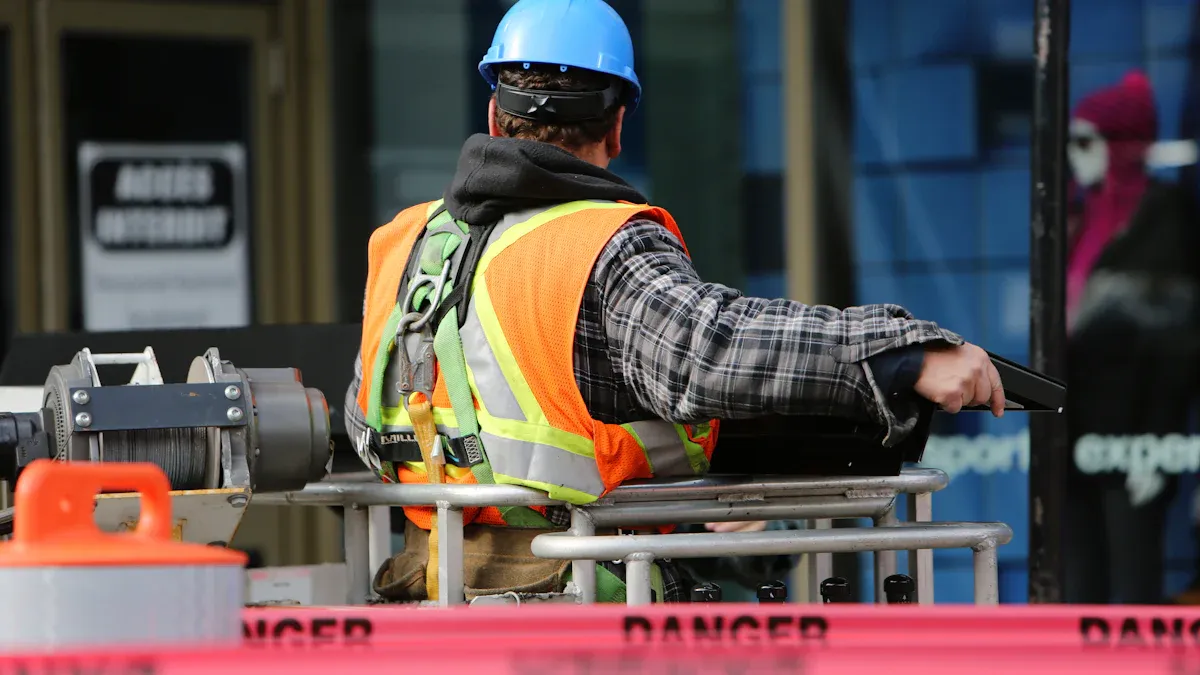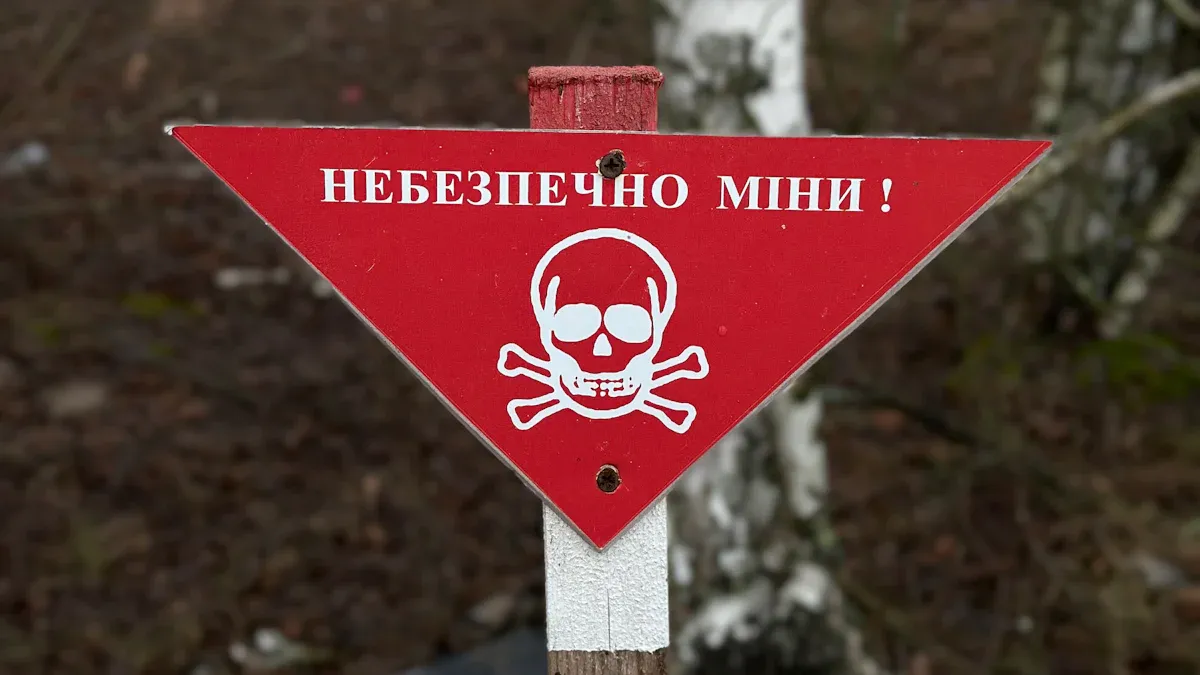
A mining Industrial Telephone provides clear and reliable communication where standard phones fail. These devices resist dust, moisture, and even explosions, using technology found in ATEX Industrial Telephone units or a stainless steel telephone. Mine workers depend on such rugged tools, just as marine crews trust a Marine Industrial Telephone for safety underground.
Mining Industrial Telephone Challenges and Solutions

Harsh Mining Conditions
Mining environments present extreme challenges. Workers face dust, moisture, vibration, and explosive gases every day. A mining Industrial Telephone must operate reliably in these harsh conditions. Manufacturers use rugged materials like stainless steel and polycarbonate to resist impact and corrosion. Devices often meet IP67 or higher ingress protection ratings, making them dustproof and waterproof. Explosion-proof designs, certified to ATEX and IECEx standards, prevent sparks and ensure safe operation in hazardous atmospheres. Noise-canceling technology helps workers hear clearly, even with loud machinery nearby.
| Feature | Description |
|---|---|
| Rugged Construction | Heavy-duty materials resist impact, corrosion, and extreme temperatures. |
| Explosion-Proof Design | Certified for safe use in explosive mining atmospheres. |
| Ingress Protection | Dustproof and waterproof operation in wet and dusty conditions. |
| Noise-Canceling Tech | Clear communication despite high background noise. |
| Ease of Use | Operable with gloves, suitable for harsh environments. |
Overcoming Underground Communication Barriers
Underground mines create unique communication barriers. Thick rock, steel mesh, and complex tunnels block signals and cause interference. Specialized systems address these issues:
- Leaky feeder communication systems use coaxial cables to provide clear two-way radio coverage over long distances.
- Emergency backup power ensures communication continues during outages.
- Hands-free devices allow miners to talk safely while working.
- Public address systems broadcast emergency alerts throughout the mine.
Wireless technologies like private 4G LTE networks, Wi-Fi, and LoRa have improved real-time data exchange and safety. These systems enable continuous communication, precise tracking, and rapid emergency response, even several kilometers underground.
Tip: Redundant, hard-wired telephone networks and advanced antennas help manage signal reflections and overlapping zones, ensuring reliable contact in emergencies.
The Role of Specialized Equipment
Specialized mining telephones differ from general industrial devices. They feature explosion-proof certification for hazardous zones and high ingress protection against dust and water. Construction uses corrosion-resistant materials such as cast aluminum and stainless steel. Enhanced sound output ensures messages reach workers in noisy areas. Additional features include loudspeaker paging, emergency buttons, and flashing beacons for visual alerts. These devices integrate with mine safety systems, supporting proximity alerts, gas monitoring, and real-time location tracking. By combining robust engineering and advanced technology, mining Industrial Telephone systems protect workers and support safe, efficient operations.
Mining Industrial Telephone Features and Technology
Rugged and Explosion-Proof Design
Mining environments demand equipment that can survive the toughest conditions. A mining Industrial Telephone uses rugged construction to withstand shock, vibration, dust, and water. Manufacturers build these devices with heavy-duty materials such as stainless steel and polycarbonate. This robust design keeps the telephones working even when exposed to extreme temperatures or physical impacts.
The rugged build reduces the need for frequent repairs and replacements. As a result, mining operations save on maintenance costs and experience less downtime. Workers can rely on these telephones for dependable communication, which helps detect hazards early and keeps operations running smoothly.
Explosion-proof features are critical in mines where flammable gases may be present. Testing procedures for explosion-proof capabilities follow strict standards.
- The Mine Safety and Health Administration (MSHA) reviews the design and construction of each telephone.
- Manufacturers submit samples and technical documents for evaluation.
- MSHA examines the product, disassembles it, and checks for compliance.
- The telephone undergoes flameproof enclosure and impact tests.
- Accredited labs or MSHA itself conduct these tests.
- The enclosure must contain internal explosions and prevent ignition of the surrounding atmosphere.
- After passing all tests, the telephone receives MSHA approval and a certification plate.
- Any changes to the design require new approval.
Note: Explosion-proof enclosures often use the “da” designation, which means they offer the highest level of protection against internal explosions.
Integration with Mine Safety Systems
Modern mining Industrial Telephone systems do more than provide voice communication. They connect directly with mine safety systems to protect workers and assets. These telephones often include emergency buttons, push-to-talk functions, and built-in sensors. For example, integrated gas detection sensors can alert workers to hazardous gases immediately.
The telephones interface with fire alarm and emergency shutdown systems. When a worker presses an emergency button, the system can trigger alarms and coordinate a rapid response. Remote monitoring allows supervisors to check the status of telephones and safety systems in real time. This integration ensures that communication and safety alerts reach everyone quickly, even in large or complex mining sites.
Tip: Fire telephones designed for mining environments work alongside fire alarm and emergency systems, supporting reliable communication during emergencies.
Integration with real-time location tracking systems brings even more benefits. These systems use GPS and telematics to show the exact location of vehicles, equipment, and personnel. Operators can respond faster to incidents and optimize the use of resources. Predictive maintenance features help prevent equipment failures, while mobile and wearable interfaces keep workers informed and safe. This technology improves safety, reduces downtime, and increases productivity across the mining operation.
Advanced Communication Capabilities
Mining Industrial Telephone technology has advanced far beyond simple analog systems. Today’s devices support a range of modern communication protocols:
- Voice over Internet Protocol (VoIP), including SIP for IP telephony
- TCP/IP for network communication
- Power over Ethernet (PoE) for combined power and data
- GSM/3G cellular connectivity
- Security protocols like TLS and SRTP for encrypted voice calls
- IP-based communications over Ethernet, WiFi, and wireless networks
- Ringdown and direct PABX integration for industrial use
Digital and VoIP capabilities offer clear advantages over analog systems. VoIP compresses and encodes voice data, sending it over IP networks for flexible and scalable communication. Digital telephones convert voice into digital signals, allowing for encryption, error control, and noise elimination. Analog systems cannot match this level of confidentiality or reliability. Digital and VoIP telephones also support features like broadcasting notifications, on-site paging, and integration with CCTV and fire alarm systems. These improvements make communication faster, safer, and more secure in mining environments.
Callout: The shift to digital and VoIP telephones helps mines meet safety regulations and supports advanced features like remote monitoring and emergency alerts.
Mining Industrial Telephone Applications and Safety Impact

Emergency Response and Incident Management
Mining accidents require fast and reliable communication. A mining Industrial Telephone system connects workers above and below ground, making it possible to share information quickly during emergencies. Clear contact between first responders and surface teams helps coordinate rescue operations and evacuations. This direct line of communication improves safety outcomes by reducing confusion and delays. When every second counts, these telephones ensure that teams can act together and respond to incidents with confidence.
Routine Operations and Team Coordination
Mining teams depend on strong communication for daily tasks. Modern telephone systems provide instant emergency response, real-time location tracking, and secure group calls. Unified platforms allow surface and underground teams to work together without barriers. Push-to-talk features let workers send quick alerts across large sites. Devices like pager phones and leaky-feeder systems connect personnel in different areas, supporting both voice and text messages. Portable systems offer flexibility for changing work zones. Around-the-clock technical support keeps these systems running, so teams can focus on safe and efficient operations.
Tip: Reliable communication tools help mining crews solve problems faster and keep everyone informed throughout the shift.
Real-World Outcomes and Case Studies
Mining Industrial Telephone technology has improved productivity and safety in real mines. VoIP phones use existing networks, lowering costs and supporting remote maintenance. Self-monitoring features and integration with control systems streamline workflows. For example, a limestone mine installed the SENTINEL™ system, which included industrial telephones and wireless nodes. This upgrade enabled 24/7 communication, real-time tracking, and better emergency response. The result was higher miner safety and increased productivity, showing the real impact of advanced communication solutions.
Mining Industrial Telephone systems play a vital role in mine safety and productivity. New trends include smart helmets, wearable sensors, and AI-powered monitoring. Industry groups and government programs support safer communication. These advances help protect workers and encourage continued investment in mining communication technology.
FAQ
What makes a mining industrial telephone different from a regular phone?
A mining industrial telephone uses rugged materials and explosion-proof designs. It works in harsh, noisy, and hazardous environments where standard phones would fail.
How do mining telephones help during emergencies?
Mining telephones provide instant, clear communication. Workers can alert teams, call for help, and coordinate rescue efforts quickly, improving safety and response times.
Can mining industrial telephones connect with modern digital systems?
Yes. Many mining telephones support VoIP, integration with safety alarms, and real-time tracking. These features help mines use advanced digital communication and monitoring tools.


